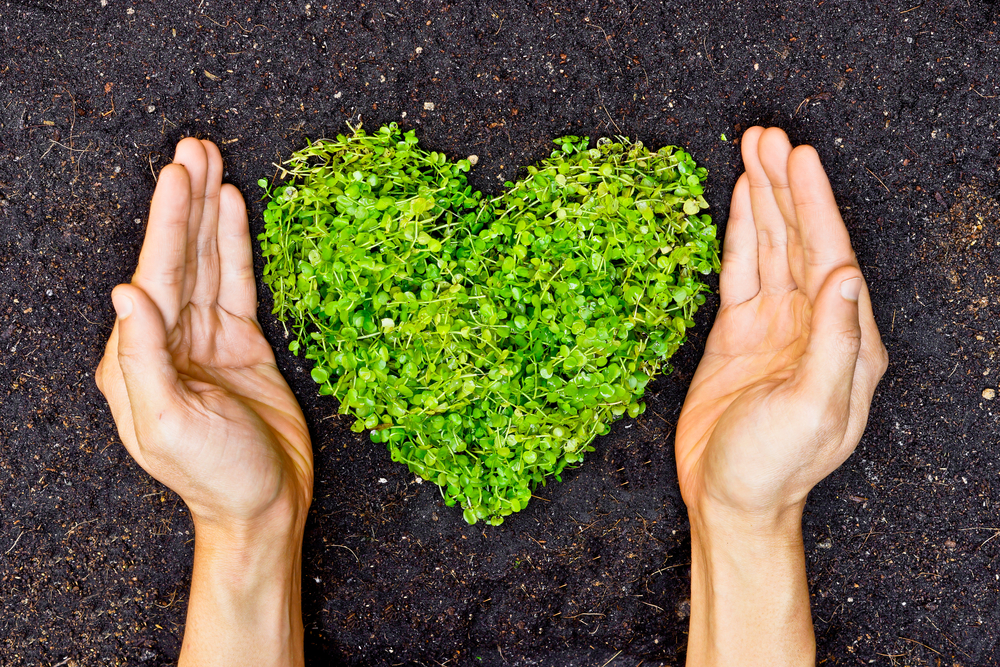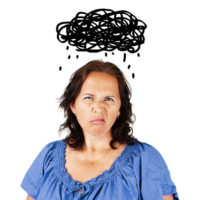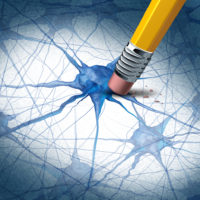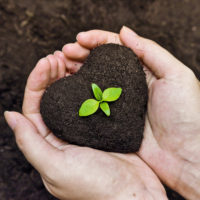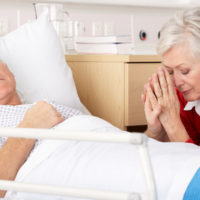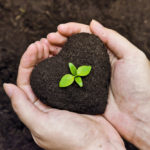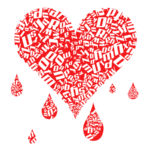It’s an awkward position. I’m a relationship columnist, but I find myself wanting to write about the loss of my house through a recent forest fire. That fire not only destroyed my house, but the houses of 168 other of my mountain neighbors, including 10 of my most immediate neighbors.
The events since the fire six weeks ago have been sad and emotionally overwhelming. It’s hard enough shopping for socks, sport coats, shoes, jeans, coats, t-shirts and underwear at the same time. But if you add dishes, silverware, pots and pans, spatulas, lamps, clocks and furniture, it quickly becomes a huge burden. And I’m not even talking about searching for a place to temporarily live, or looking for a new place to buy, which we’re also doing. Add to that list replacing bedding, medications, dog food, a computer, my driver’s license, credit cards—well, you get the idea. At 20 it would have been challenging but fun. At this station in life (over 20), it feels like a lot of work, and there’s no fun in it at all.
But there is healing in it. Buying a dozen books does not replace my library, but it’s a beginning, and it makes me feel a little bit more myself, and a little less like a homeless refugee. Same with replacing my eyeglasses, Roni’s car (which is now a skeleton) and lamps, among other things.
So all of this got me to thinking about how we heal from major loss or calamity. What is it that helps us cope with life’s disappointments, lick our wounds, repair our lives and heal ourselves?
One of my newspaper readers recently emailed me saying that losing your house in a fire is bad, but there are worse things that can happen, such as having someone you deeply love get killed. I would agree that there are worse things that can happen, but the healing process is remarkably similar, and all people who wish to heal from a major loss go through certain steps to heal themselves.
So what are those steps? Imagine a scale that starts at zero and goes to 100. Zero is very wounded. When you reach 100 you will be completely healed. This is your Healing Scale. It is a way you can measure how recovered from a wound, trauma, disappointment or setback you are, and how much healing you still have in front of you.
Assign a realistic number to everything you have done to heal up till now. (I put the number at 15 for myself. That means I’m roughly 15% healed from my fire so far.) Your task—and mine—is to climb that scale. To go 5, 10 or 15 points higher. That’s what you can do when you’re healing from a painful loss. There are no leaps—only steps—and you climb steps one or at the most two at a time. So what will help you climb that scale? It’s clearly different for different people, but for me, finding a more permanent place to live and being able to nest again feels very important in the healing process. So does replacing some of the creature comforts I’m used to, such as a couch, a dining table and chairs, warm weather clothing, some music and some recipes.
Once you begin climbing the scale, you cannot slide backwards. That is, if you get to 25 on your healing scale and then, for instance, have a career reversal, you stay at 25 until something happens that causes you to climb upwards again, because the healing scale measures how healed you are about your loss, not about how perfect your life is in all aspects.
What will assist you in climbing the healing scale? Don’t just think your answer, write it down, because your answers to that question will largely determine how well you bounce back from your trauma, how long it will take you to recover and how damaged you will be when everything is all over.
